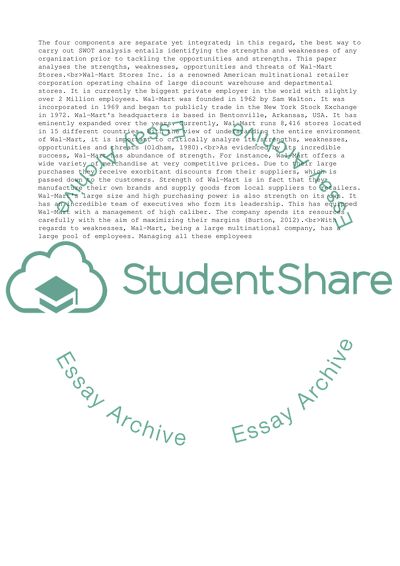Cite this document
(Organizational Design, growth and challenges Research Paper, n.d.)
Organizational Design, growth and challenges Research Paper. https://studentshare.org/management/1766721-organizational-design-growth-and-challenges
Organizational Design, growth and challenges Research Paper. https://studentshare.org/management/1766721-organizational-design-growth-and-challenges
(Organizational Design, Growth and Challenges Research Paper)
Organizational Design, Growth and Challenges Research Paper. https://studentshare.org/management/1766721-organizational-design-growth-and-challenges.
Organizational Design, Growth and Challenges Research Paper. https://studentshare.org/management/1766721-organizational-design-growth-and-challenges.
“Organizational Design, Growth and Challenges Research Paper”. https://studentshare.org/management/1766721-organizational-design-growth-and-challenges.


